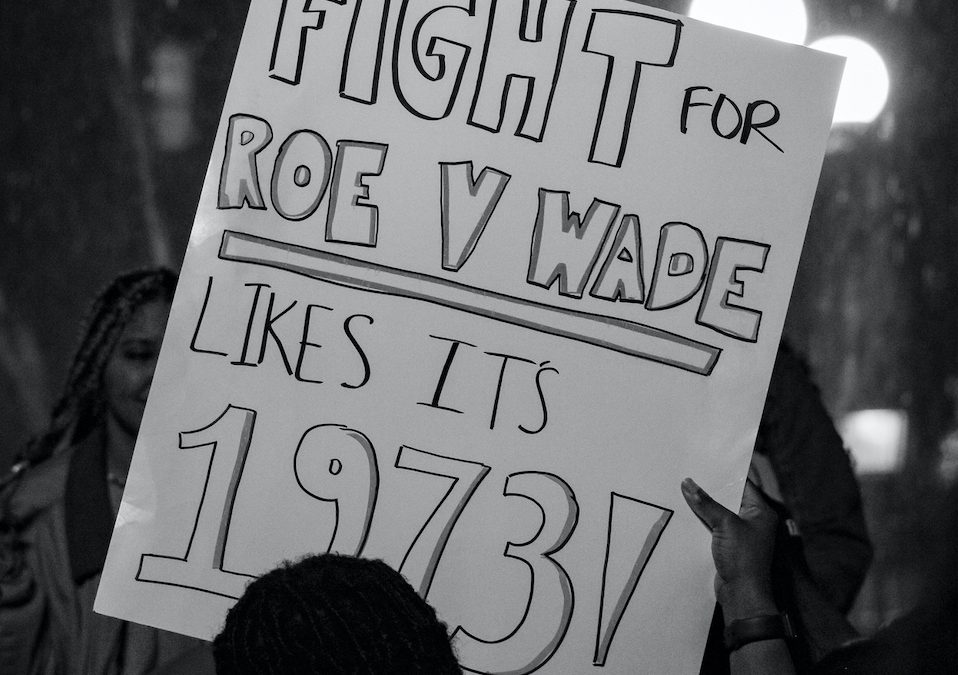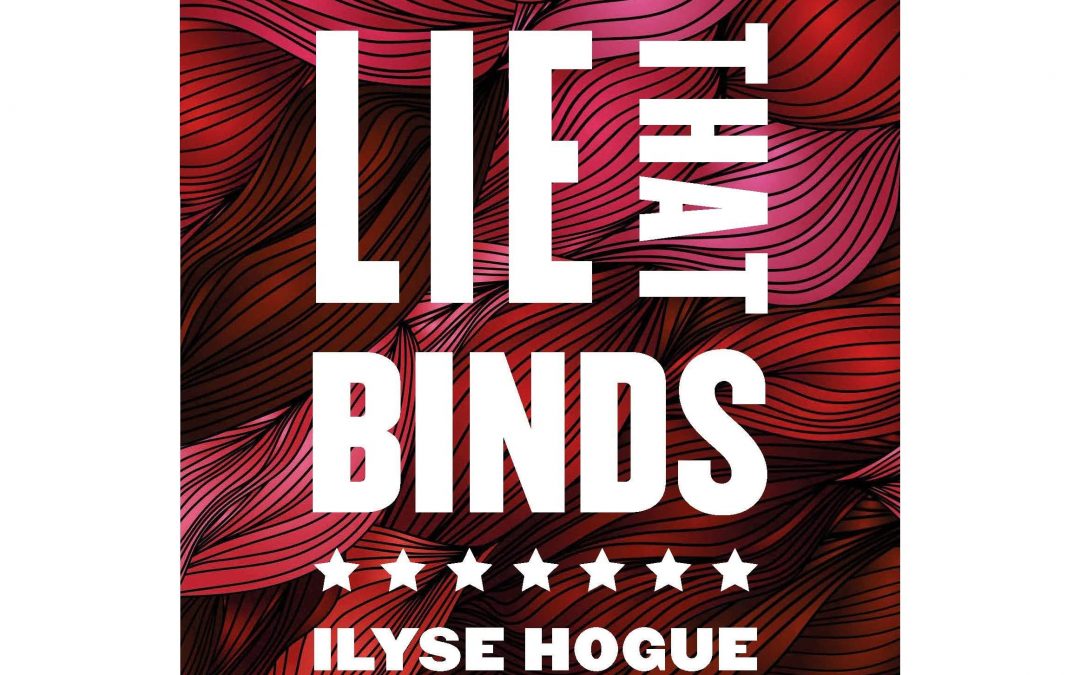
This is Not America
by Craig Young
The New Zealand anti-abortion movement seems to believe that we’re the fifty-first US state rather than a sovereign country. Otherwise, why would they wholly parrot every cue and soundbyte from their US counterparts?
Now, some might say that this is because the anti-abortion and pro-choice movements are both transnational networks, but in reality, the information flows within our movement are quite dissimilar to theirs. ALRANZ was originally named for the United Kingdom’s Abortion Law Reform Association, just as Voice for Life was originally named SPUC (the Society for Protection of the Unborn Child) after the UK SPUC. However, by the eighties, things had started to diverge from this initial model.
This first became noticeable in 1983. Our American members may remember that at this point, prohibitionist anti-abortionists tried to introduce a “Human Life Amendment” that would have prohibited abortion across the United States, except that the Democrats made substantial gains in the midterm elections and sank the idea. Because SPUC and the anti-abortion newspaper Humanity (sic) had concluded that the US anti-abortion movement was making more headway than the more incrementalist British SPUC, it decided to increasingly use propaganda, rhetoric, tactics, and strategies from the United States. Thus, when the Court of Appeal decided that there was no “BMZEF personhood” clause within the Contraception Sterilisation and Abortion Act after Wall v Livingston, SPUC and anti-abortion National MP Doug Kidd decided to lobby for a “Status of the Unborn Child Bill”, which would have prohibited abortion, except it sank at its first reading.
That wasn’t the end of the story. Influenced by the US anti-abortion movement and the highly Americanised New Zealand fundamentalist Protestant subculture, as well as opposition to homosexual law reform in the mid-eighties, the Pro-Life Action Group, Christians for Life and Operation Rescue formed to picket and trespass within abortion clinic property. Unfortunately, this led to profound tensions within the anti-abortion movement itself, between those who favoured parliamentary lobbying and those who wanted to engage in exhibitionist spectacles in the name of their philosophy and religious conviction. As the only result of Operation Rescue New Zealand’s antics was the reaffirmation of Wall v Livingstone at the Court of Appeal and then at the Privy Council, the legislative conservatives pulled the plug on Operation Rescue and refused to further fund its activities.
Amusingly, there was then another schism within the New Zealand anti-abortion movement as militant Christchurch SPUC, under the leadership of former Operation Rescue Christchurch enthusiast Ken Orr, decided to resurrect the Status of the Unborn Child Bill from the early eighties- again, mirroring the split between the US American Life League and National Right to Life Committee over prohibitionist versus incrementalist anti-abortion tactics. SPUC expelled Christchurch SPUC, which rebranded as Right to Life New Zealand.
Over time, the New Zealand anti-abortion movement fell more and more under the spell of US anti-abortion propaganda, rhetoric, tactics, and strategies. During the Abortion Legislation Act debate, this became quite apparent on Voice for Life’s Facebook page and its continual citation of American political and historical precedents. It was almost as if it had given up trying to adapt them to New Zealand’s very different society, politics and culture, which is much less religious than the United States. This may demonstrate the shallow roots that the “New Zealand” anti-abortion movement actually has within Aotearoa/New Zealand society and culture. Meanwhile, ALRANZ had taken note of a greater range of pro-choice precedents within societies more akin to our own, such as Canada and Australia. And unlike our opponents, we adapted them to our own domestic context, much like our own Australian and Canadian counterparts.
It seems appropriate to end on a reflective note. If one looks at Voice for Life’s Facebook page, one sees VFL President Kate Cormack standing outside a US (Republican) Congressional office. Which says it all, really. But as the late great David Bowie so memorably sang once, This is Not America.




